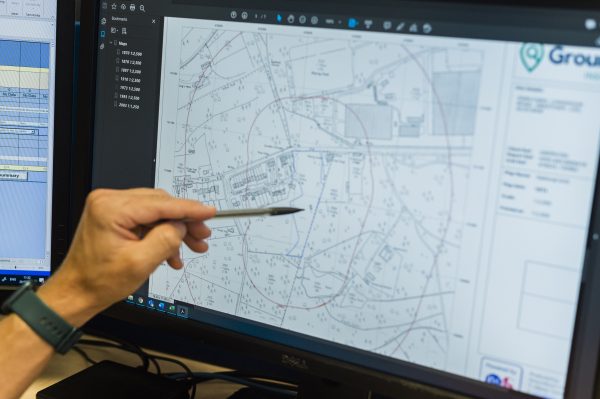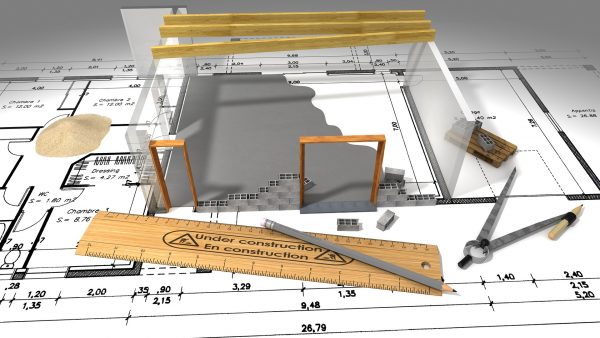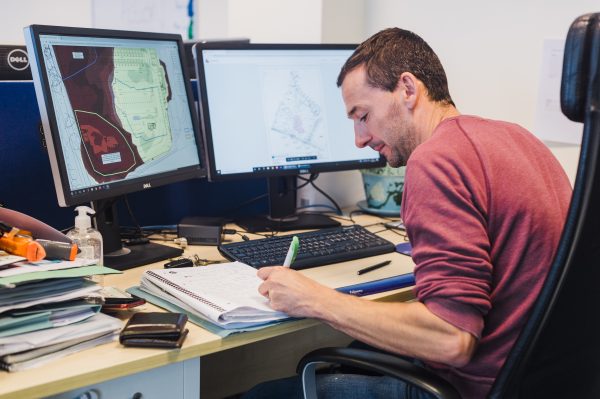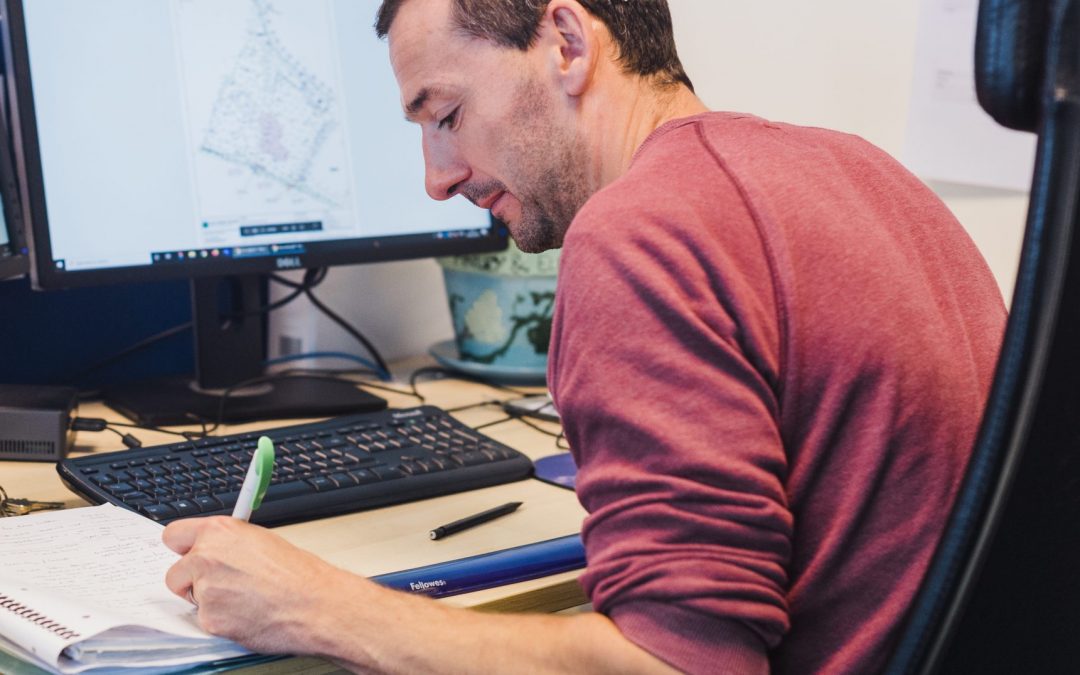How cheap can a desk study be?
Geoenvironmental • Geotechnical • Industry matters
Clients often ask:
Can we skip the Desk Study bit?
Can you do the Desk Study bit cheaper?
These are both perfectly reasonable questions at the face of it. We are, after all, in a very cost-driven industry. There are suppliers out there who offer desk studies cheaper than we do, as is their prerogative – it makes sense that this could be attractive to potential clients, but will these studies be of genuine benefit to the client, the project, or even the provider? In this blog I will aim to explain why the Desk Study is so vital and what its minimum requirements are, as well as the impact this has on a minimum cost for such a report.
There are two fun ways of explaining why Desk Studies are vital. The first is this part Donald Rumsfeld part Luft/Ingham quote:
“… as we know, there are known knowns; there are things we know we know. We also know there are known unknowns; that is to say we know there are some things we do not know. But there are also unknown unknowns – the ones we don’t know we don’t know. “… it is the latter category that tend to be the difficult ones.”
The second is dotted around the internet attributed to a Matthew E. Fryer, though background information on Matthew himself is hard to come by.
“You can’t find what you want if you don’t know what you’re looking for.” Well said, Matthew, whoever you are.
Both of these pearls of wisdom basically explain why you cannot be certain you are doing the right SI, looking for the right things, if you don’t originally do a Desk Study to determine what those things may be.
2 brief examples:
A Desk Study will determine the risk of chalk dissolution features and whether specialist investigation is required. You don’t see them if you’re not looking for them.
Suites of contaminants are refined by Desk Studies and may be expanded to include more niche determinants like biological (anthrax) and explosives, depending on site history. You wouldn’t know what may be present if you didn’t include in the suite.
So… how much should a DS cost:
Land Contamination Risk Management per the Environment Agency suggests a DS (as a minimum standard) should include the following:
Desk study checklist
From a desk study find out the:
- site ownership and current status
- location, national grid reference
- size of the site – include any plans and maps
- history and general description of the site
- potential for unexploded ordnance
- contact details of relevant organisations
Get details of any:
- pollution incidents, spills, accidents or regulatory actions
- current or past permits, licences or authorisations
- proposed future changes to land use, such as planning applications
- previous investigations or remediation
- chemical or biological information from for example, previous site monitoring reports
- natural background contamination information, such as for radon gas, if available
- audit reports that may have been done
Also find out the:
- location of historic landfill sites
- details of any reviews of coal or other mining related contamination hazards – current or historic
- presence or proximity of sensitive ecological receptors such as Special Protection Areas – to find out, you can use Natural England’s MagicMap
- location of any protected areas of countryside
- presence of any archaeological or heritage sites such as scheduled ancient monuments
- details on other specific Part 2A receptors such as property in the form of crops, livestock, buildings
Find out geological, hydrogeological and hydrological information. Include:
- made ground, drift deposits, bedrock
- geological features such as faults
- presence of groundwater aquifers – unconfined, confined or a mixture of both
- the aquifer type– principal, secondary or unproductive strata
- sensitive groundwater locations such as source protection zones or safeguard zones
- the vulnerability of the groundwater to pollution
- the likelihood of perched groundwater
- any abstraction points or wells on or close to the site – you must include private water supplies
- the presence of and proximity to other controlled waters such as surface water and coastal
- any available water quality information
- information on characteristics such as the likely groundwater flow direction
A good portion of this information can be obtained from companies that produce site specific reports and maps, like Envirocheck and GroundSure. Typically, these reports cost £150 – £300 depending on the provider as well as the amount and nature of information obtained.

Then there is the choice of whether you do a Site Walkover or not. To be honest, and BS standards say such, a Site Walkover should be undertaken to confirm information gathered by the previous phase. To not do a Site Walkover is, in Ground and Water’s opinion, a disservice to the client. Things that may have been missed by not undertaking site walkovers in the past: Asbestos on the ground, surface impressions of chalk dissolution features, old wells, unrecorded mineshafts… the list goes on. I also do not think that there is ever a too sensitive position where an engineer cannot surreptitiously have a walk around and a quick visual inspection of a site.
Land Contamination Risk Management Site Walkover Checklist is as follows:
Site walkover checklist
You can do a site walkover to confirm details of the desk study.
Review the information collected from the desk study. This will allow a better understanding of the features identified and to address any initial uncertainties or unknowns.
You must consider health and safety issues before doing the site walkover.
Record and describe information such as the:
- current use and status of the site
- general condition of site and surrounding land use
- presence of surface staining and odours
- topography and surface condition – open ground, hardstanding and other geotechnical or surface features
- local surface water features
- ecology
- presence and type of vegetation
- signs of any vegetation dieback
- presence and extent of any non-native invasive plants such as Himalayan balsam, New Zealand pigmyweed or Giant hogweed
- buildings and below or above ground structures such as fuel tanks
- above and likely below ground services
- access to and security of the site
- presence of any potential off-site receptors
- potential presence of any asbestos cement material within buildings or throughout the site
- communications or discussions with site personnel
You can take photographs and consider the use of unmanned aerial vehicles (drones) for site reconnaissance.
This would likely take at least a half day, possibly a day.
If we add a day to perhaps liaise with the local authority and do other searches (mining, planning, kellys, fire records etc., then the remainder should be writing it all up.

Typical Desk Studies are likely to be upwards of 200 pages and 10,000 words including figures and appendices, which we’ll conservatively estimate at two days to finish to a reasonable standard. A lower risk site could probably be done in a few thousand words but a site where there is high risk or a particularly selective local authority could see a report approaching 20,000 words, so let’s settle on an average whilst also allowing time for proper checks and amendments.
Let’s say:
£200 for base data.
4 – 5 days of Engineer time.
If an engineer costs £85 – £150 a day to a company, dependent upon experience, this would indicate that at cost Desk Studies are around £600 – £800 each to produce “properly” – that is to the standards that we believe they should be.
Companies are of course free to set prices as they see fit, and clients rightly have freedom of choice when it comes to a supplier. What must be weighed up is whether there are compromises being made to cut costs, and what the impact might be. If a company can offer a quicker, cheaper desk study and still make money on it, does this mean that corners are being cut in terms of thoroughness? If it’s being done “properly” – again, an admittedly subjective term – but offered cheaper, would it not be in a supplier’s interest to recommend more expensive further work in order to still make a profit from a job overall? A desk study done right can be worth its weight in gold if it means saving on other potentially unnecessary works, or at least enabling you to be more precise on any further investigations. For this reason, it is often worth being extremely thorough and spending a little more time and money – worst case scenario, you end up extremely well informed about what comes next.
